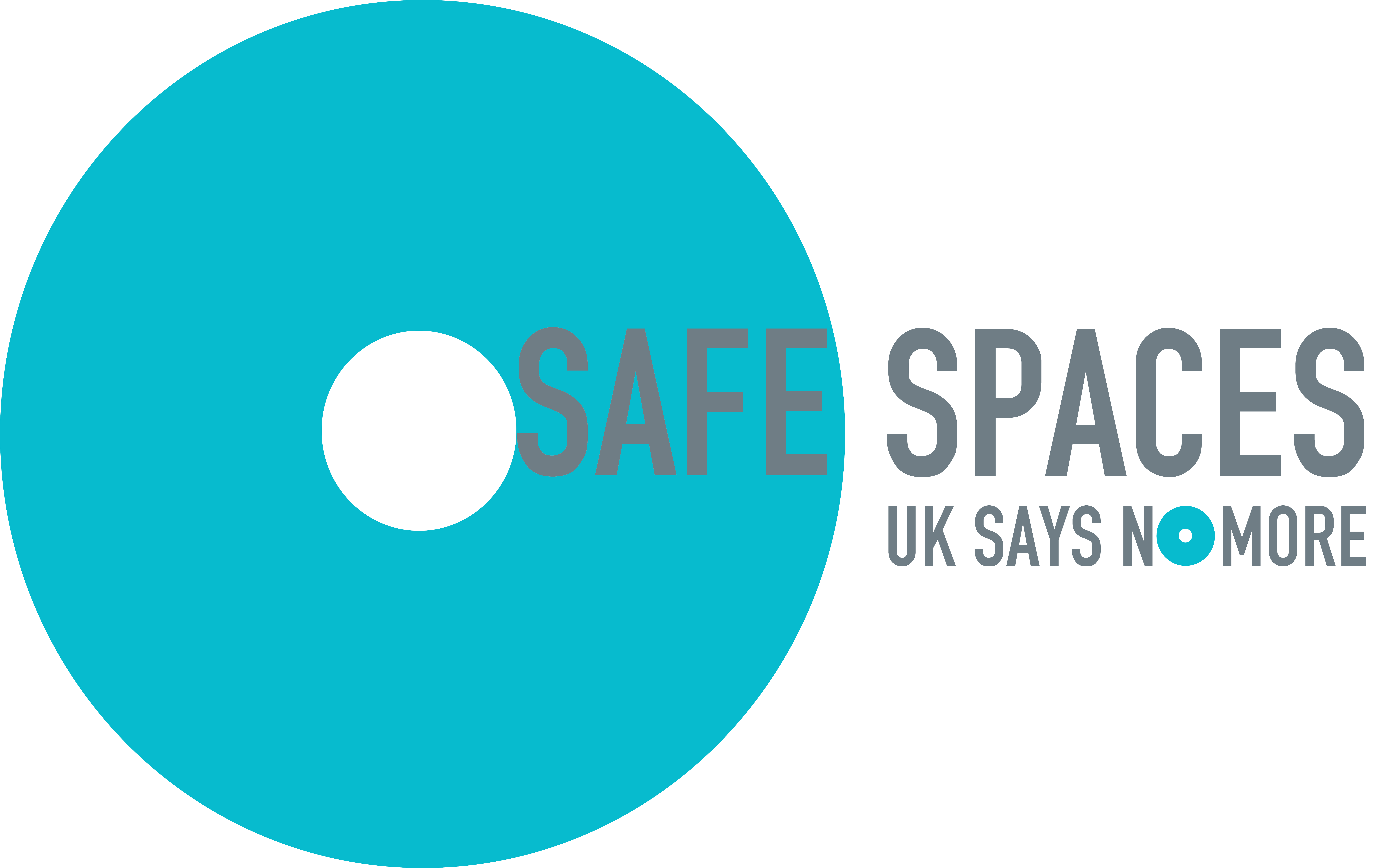Will Cathy ever come home? New report shows homelessness on the rise despite 50 years of action
17 November 2016
Network Homes has marked the 50th anniversary of Ken Loach’s landmark film, Cathy Come Home, by issuing a research report on homelessness and calling for the government to get behind a bigger housebuilding programme.
According to the research more and more people are being pushed into insecure forms of tenure because wages are not keeping up with soaring house prices and rents.
Key findings of the report include:
- The number of people accepted as homeless was 35% greater in 2015 than in 2009
- Housing supply has consistently fallen far below increases in housing formation during the last decade
- Since 1997 average house prices have increased five times faster than average earnings
- Rising numbers of people are being made homeless by the private rented sector, demonstrating the impact of insecurity of tenure and financial stress caused by high rents
- One third of London’s rough sleepers in 2014/15 were found in the City of Westminster, an area where average wages and house prices are amongst the highest in the country
- Despite numerous government initiatives over the last 15-20 years, supply has largely stalled at around 140,000-150,000 new homes a year. On current trends the government may not meet its 200,000 target until the mid-2030s.
In 1965, when the film was first shown, 27,000 people were reported as living in hostels, shelters and lodging houses. By 1979, two years on from the Housing (Homeless Persons) Act, over 55,000 households were accepted as homeless by local authorities. Yet in 2015 nearly exactly the same number of families - 56,500 – were accepted as homeless, with over 73,000 families in temporary accommodation.
Our research shows the causes as a toxic combination of high rents and property prices, low wages, supply shortages and insecurity of tenure.
The report also highlights the key role housing associations have played in tackling homelessness over the last 50 years. Average social housing rents were between 50-60% of private sector rents in 2014/15 and housing associations delivered over 40,000 new homes in England last year. The majority of households leaving temporary accommodation in the first half of 2016 entered social housing.
Helen Evans, Chief Executive of Network Homes said: “The fact that Cathy Come Home continues to resonate so powerfully fifty years on shows that despite the outrage and the shockwaves the film created, successive attempts to deal with homelessness have basically failed. If we are to defeat homelessness, the government needs to get behind a bigger housebuilding programme, including investing in more affordable and social rented homes.
“At Network Homes we take our obligation to build new homes seriously. In 2015/16 we built 945 new homes and we have one of the largest development programmes of any housing association in the country, relative to our size. We have set an ambitious target of building 1,000 new homes each year.”
You can download and read our report, 'Will Cathy ever come home?', here.

